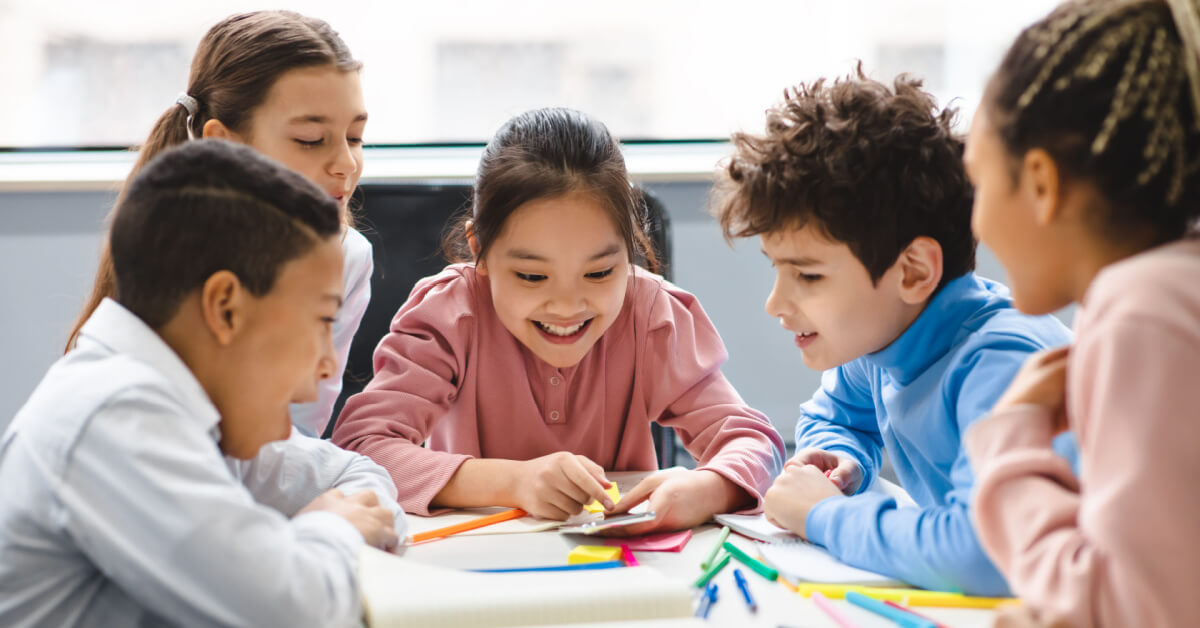February 14, 2024
The introduction of Agile into elementary classrooms is significantly reshaping the learning experience. This shift marks a departure from the traditional educational model characterized by its rigid structure and predetermined curriculum, steering towards a more dynamic, student-centered approach. This transformation is not just a change in teaching techniques; it represents a fundamental rethinking of how young students engage with knowledge, interact with each other, and develop essential life skills in their formative years.
Why Agile Resonates with Young Learners
Agile methods resonate deeply with young learners due to their inherent flexibility and adaptability, qualities that align closely with the natural learning inclinations of children. At a fundamental level, young students are characterized by a boundless curiosity and a desire to explore, traits that traditional rigid educational frameworks often struggle to accommodate. Agile, with its iterative cycles and emphasis on adaptability, mirrors the natural, exploratory learning process of children. It fosters an environment where learning is less about following a predetermined path and more about nurturing and responding to the unique developmental journey of each child.
In an Agile classroom, learning is dynamic and responsive, allowing young students to follow their curiosity and interests. This approach taps…

